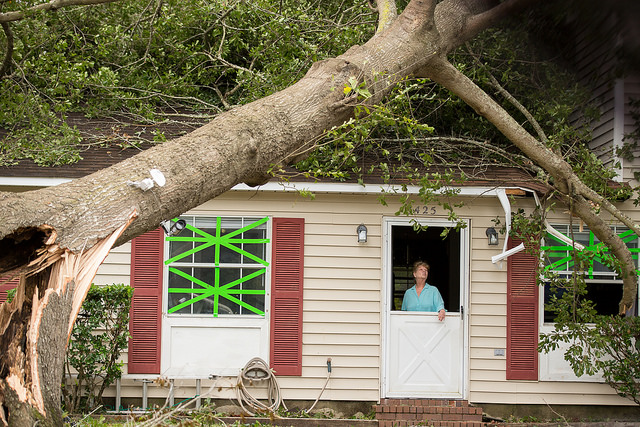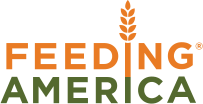Feeding America Network Continues Meeting Needs Following Hurricane Matthew
Editor’s Note: This post originally appeared on the Feeding America Hunger blog. Feeding America and member food banks continue to work together to provide desperately needed food, water and groceries to people severely impacted by Hurricane Matthew. The disaster caused more than 30 deaths in the United States and damaged countless structures. It had the […]

Editor’s Note: This post originally appeared on the Feeding America Hunger blog.
Feeding America and member food banks continue to work together to provide desperately needed food, water and groceries to people severely impacted by Hurricane Matthew. The disaster caused more than 30 deaths in the United States and damaged countless structures. It had the biggest impact on communities in South Carolina and North Carolina. In North Carolina alone, over a foot of rain fell, resulting in an estimated $1.5 billion in damage.

Although the storm made landfall in the U.S. over a week ago, some additional flooding occurred this past weekend. Flood waters have not yet receded in many regions and major roadways remain closed, leaving some families in temporary food deserts. Below are brief updates on the relief efforts of some of the food banks in impacted areas. Most are beginning to experience increased demand for their services, yet in some cases they have not witnessed a massive influx of need yet because people are still stranded. As the flooding dissipates, they anticipate providing food to a rapidly growing number of impacted families.
The Feeding America national office has provided more than 2 million pounds of food to impacted food banks to date to help with their relief efforts. We are dedicated to working alongside the many families whose homes and businesses were damaged by the hurricane, helping them access the meals they need to begin rebuilding their lives.
South Carolina
Harvest Hope Food Bank in Columbia, SC is working hard to deliver food and water to affected households. Although the storm passed through several days ago, additional flooding happened during the past few days. Despite highway closures and continued power outages, staff and volunteers from Harvest Hope are working to get food to areas of great need, including Williamsburg County. Last week, an estimated 1,400 cars passed through a large-scale food distribution held by the food bank.
Lowcountry Food Bank in Charleston, SC has provided more than 200,000 pounds of food and hosted about a dozen food distributions to meet local needs. At one distribution, approximately 1,200 people received groceries. The food bank has worked with the American Red Cross, Catholic Charities and The Salvation Army to provide food to affected families. They are also working with Harvest Hope Food Bank to serve people who were forced to evacuate their homes.
North Carolina
Second Harvest Food Bank of Southeast North Carolina has distributed an estimated 500,000 pounds of food since Hurricane Matthew hit. Staff support from Feeding America has enabled the food bank to receive additional donations and access temporary storage facilities. Over the weekend, families in Robeson County learned that schools will be closed indefinitely due to flood damage and the need for some school facilities to continue serving as shelters. The food bank is committed to meeting needs in this county, as it has the highest level of food insecurity in North Carolina.
More than 20 of the counties served by Food Bank of Central & Eastern North Carolina, located in Raleigh, NC, were declared federal disaster areas. The food bank has shipped out more than 100,000 pounds of food to people in need, yet some rivers still haven’t reached their highest anticipated water levels.
Three of the seven counties served by Inter-Faith Food Shuttle in Raleigh, NC were declared federal disaster areas. The food bank anticipates that the most significant disaster relief work is still ahead of them since water remains high in some areas.
Food Bank of the Albemarle in Elizabeth City, NC, is beginning to see a growing need for food in some of the communities they serve. There is widespread need on Hatteras Island in the Outer Banks, which experienced its highest flooding on record. In other areas, people are still cut off from accessing the food bank’s services. Food bank staff are working to position additional quantities of food in communities where demand for food is expected to climb as waters recede.
Feeding America will continue posting updates on Hurricane Matthew recovery efforts as we learn more about local needs and response efforts. The network has already distributed hundreds of thousands of pounds of food, providing hope and relief to many families, yet much more work remains as high water levels persist.
More like this

Did We Pass the Matthew Test?

